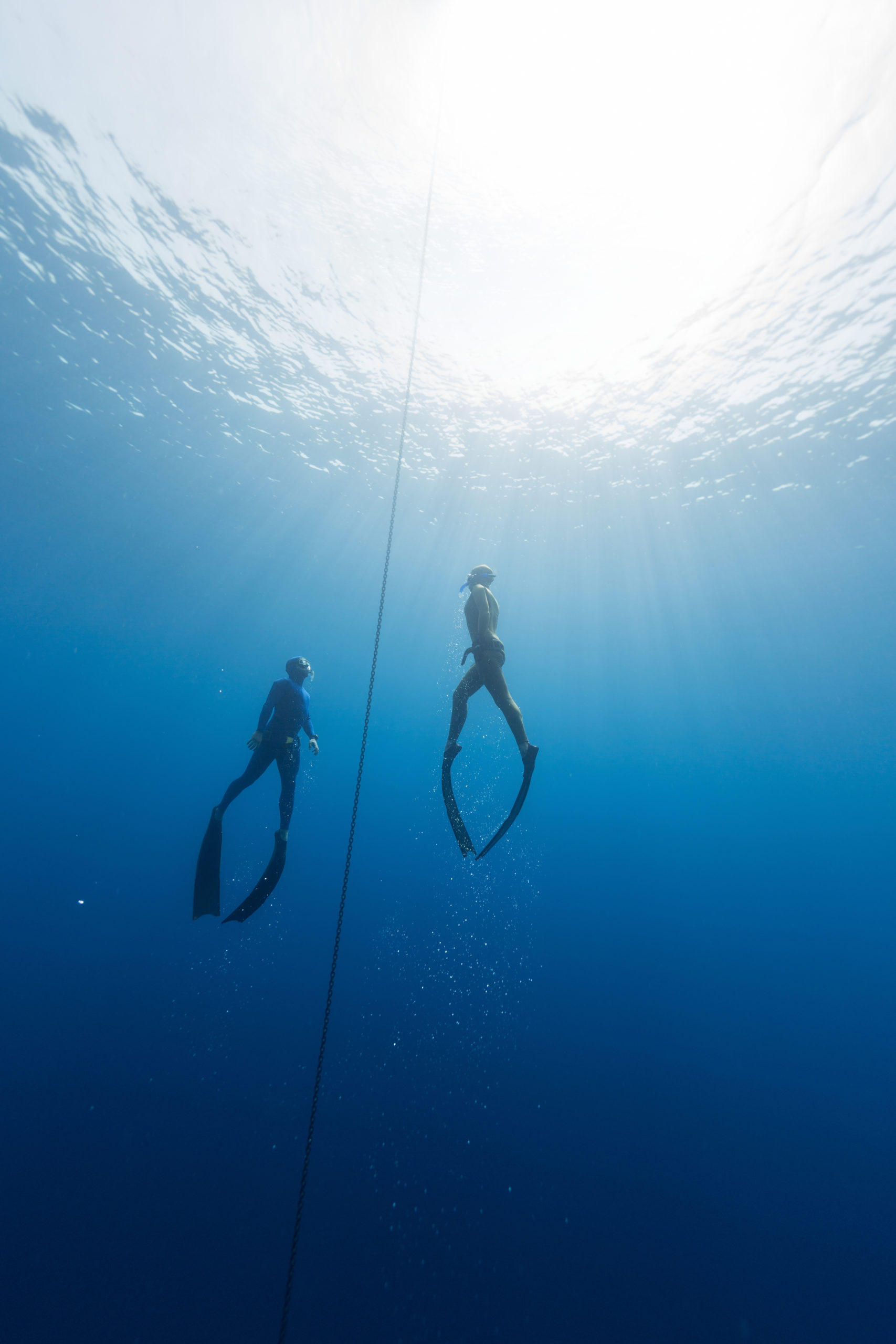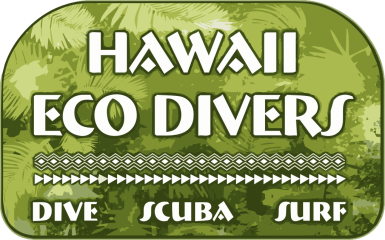APNEA TRAINING – FREEDIVING BASICS 101
 Freediving, also known as apnea training, is a sport like any other. It requires physical endurance, stamina, and a positive attitude. And the more you do it, the better you become at it.
Freediving, also known as apnea training, is a sport like any other. It requires physical endurance, stamina, and a positive attitude. And the more you do it, the better you become at it.
Apnea training will provide you with more enjoyment the more you work at it. If you already have a fit and healthy body, it can help you become even leaner and more efficient. If you would like to look and feel better, apnea training can help you with that as well.
Apnea Training — Freediving Essentials
Most people who start apnea training are surprised by how quickly they improve at it in a relatively short amount of time. The more time you spend holding your breath underwater, the longer and longer you will be able to do it.
Eventually, however, most freediving enthusiasts hit a plateau where they can’t hold their breath any longer. This can be caused by lung squeeze problems, equalizing problems, oxygenation problems, mental hurdles, or simply not being in good enough shape.
Yet the more you work at it, the more you can overcome these obstacles and continue to improve your apnea training performance.
Apnea Training — The Basics
When you participate in apnea training, one of the first things you learn is equalizing. The amount of pressure you can withstand in your ears is usually the biggest obstacle to reaching your depth limit.
You also will learn the best technique that will save you critical oxygen and provide you with optimal hydrodynamics. This will make your freediving outings both deeper and more enjoyable. Apnea technique typically is taught on the surface of a pool first before being taken out into the open water.
The third basic of apnea training is the one most people are most familiar with: Holding your breath. You will learn how to hold your breath for increasingly longer periods, as well as CO2 tolerance and hypoxic tolerance.
